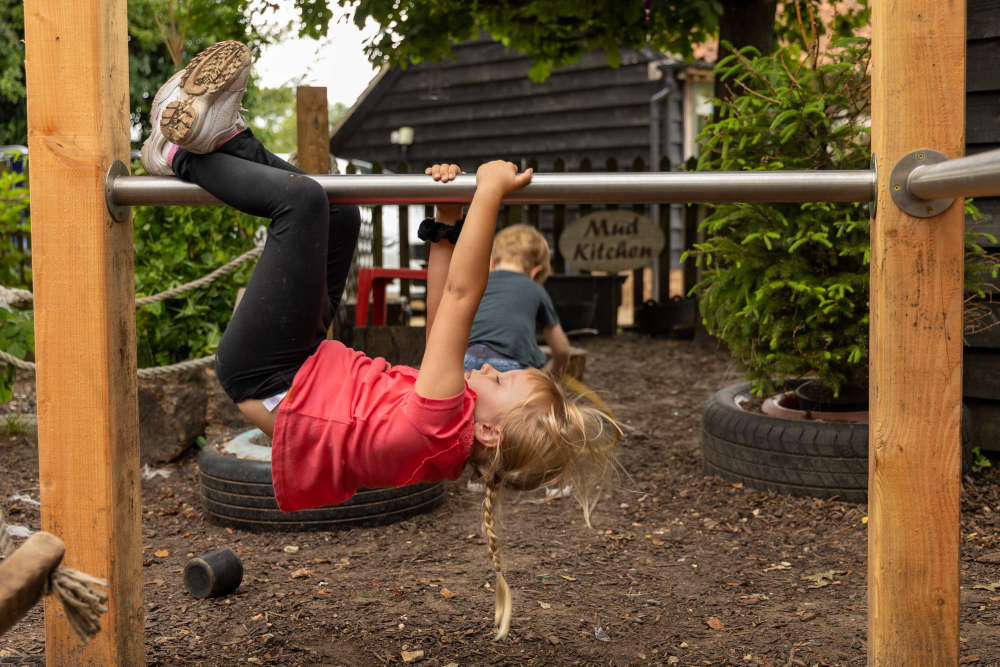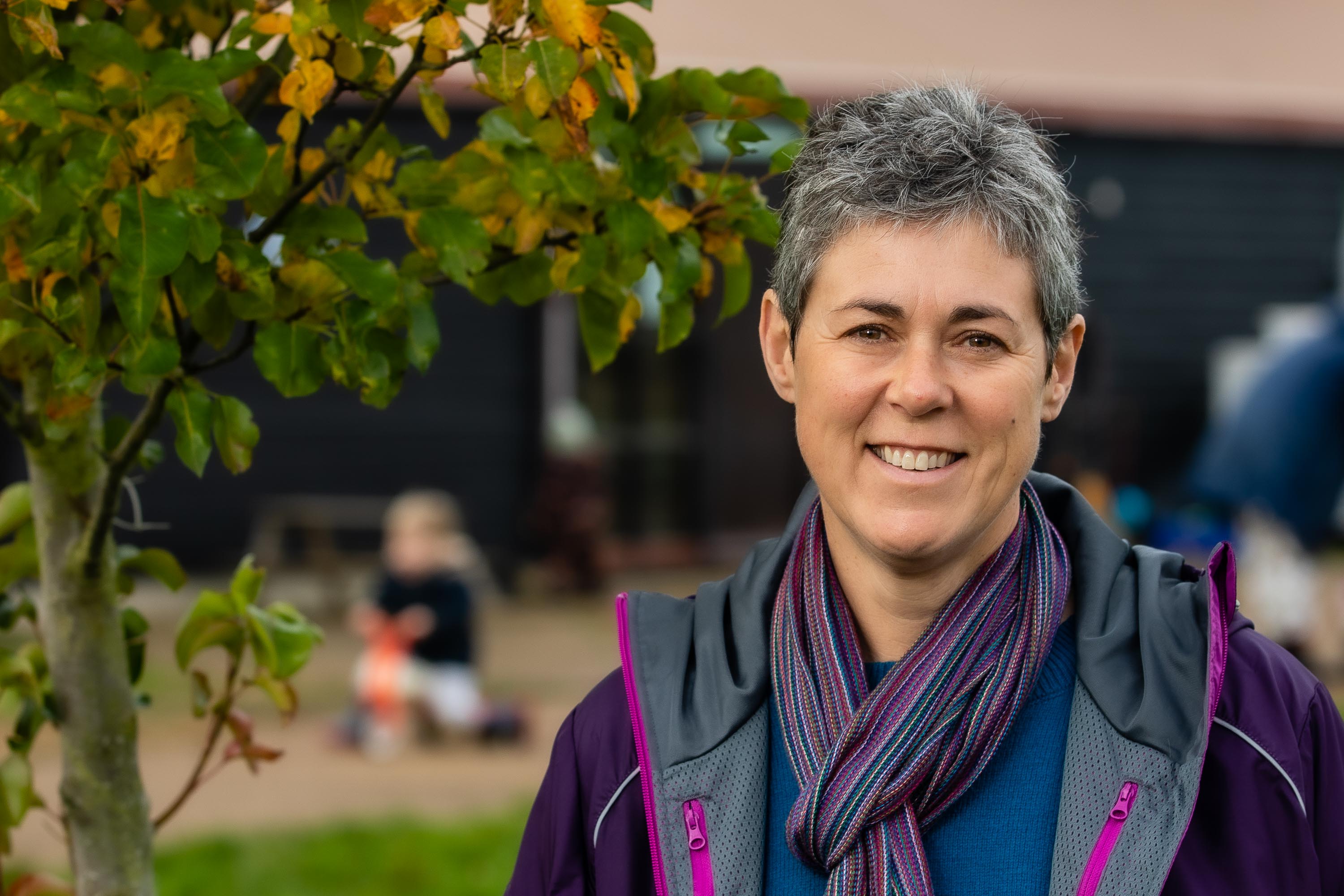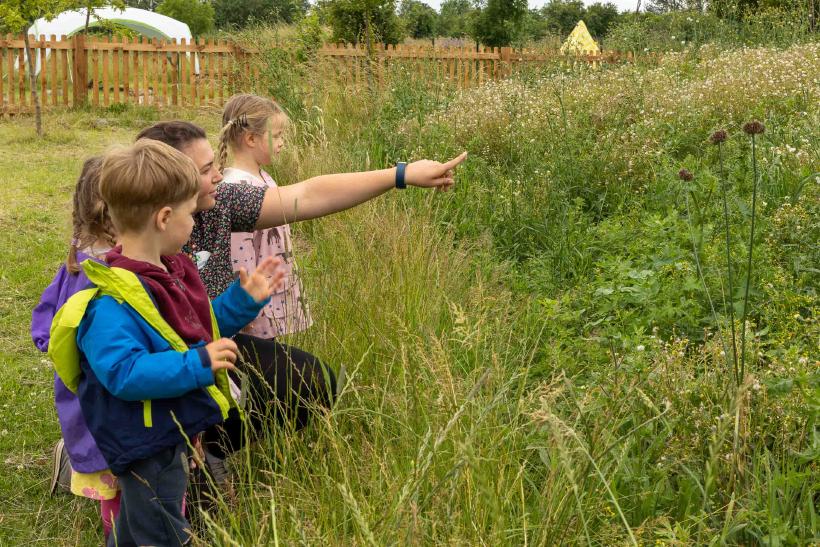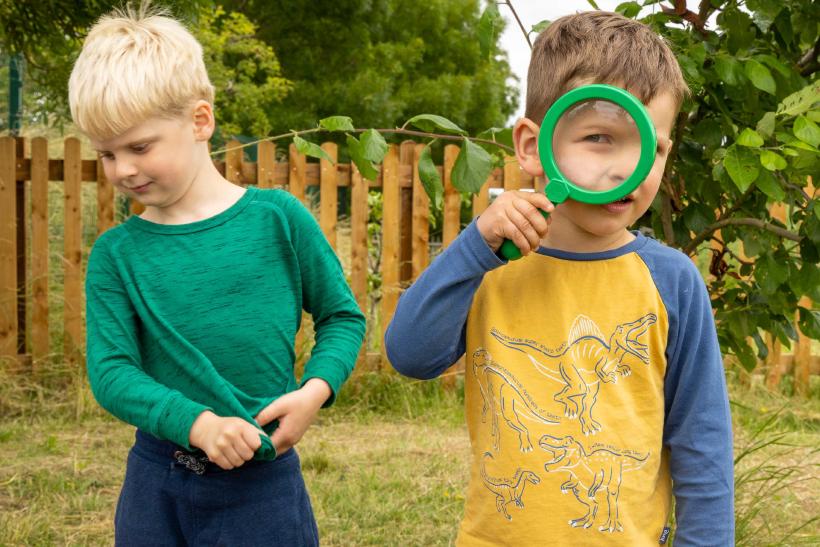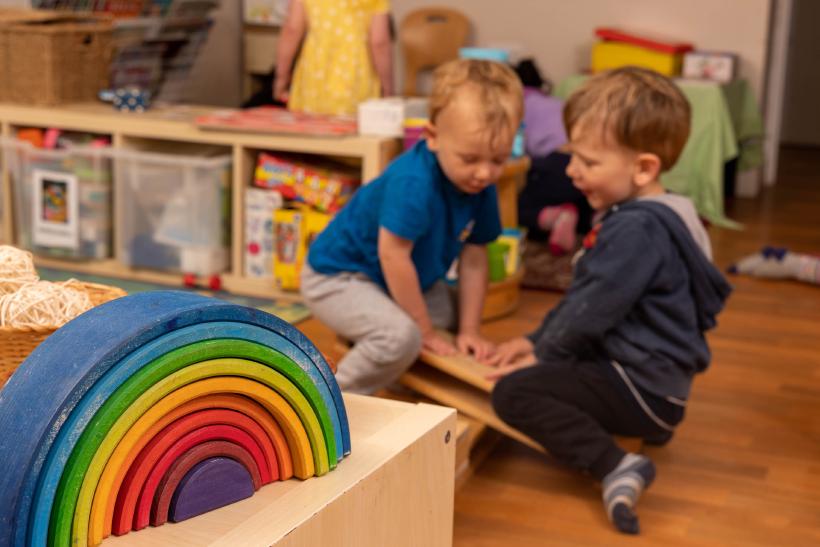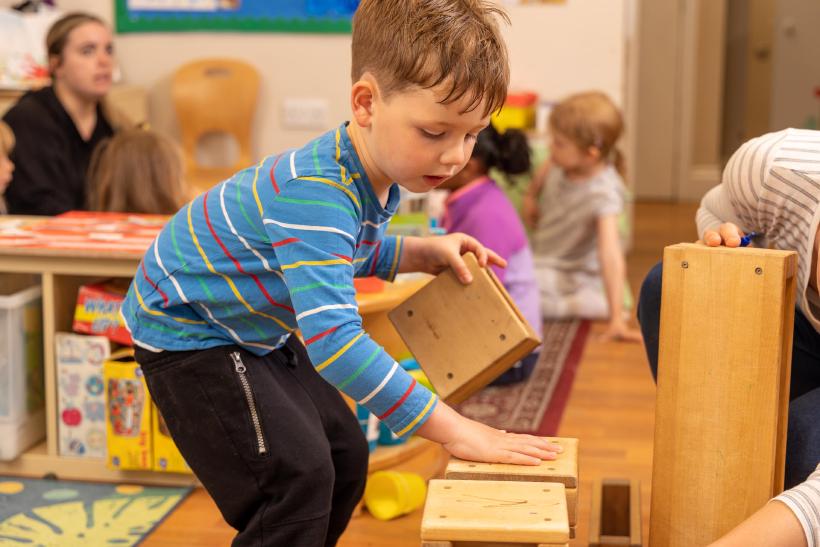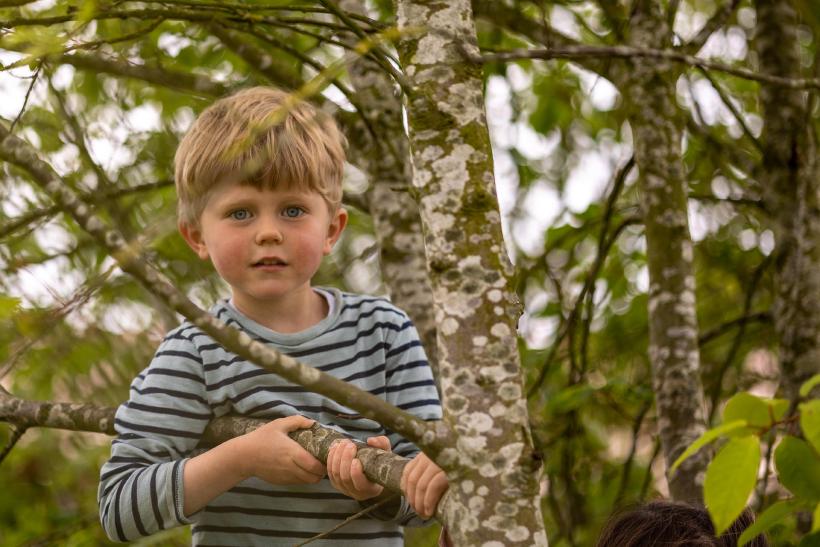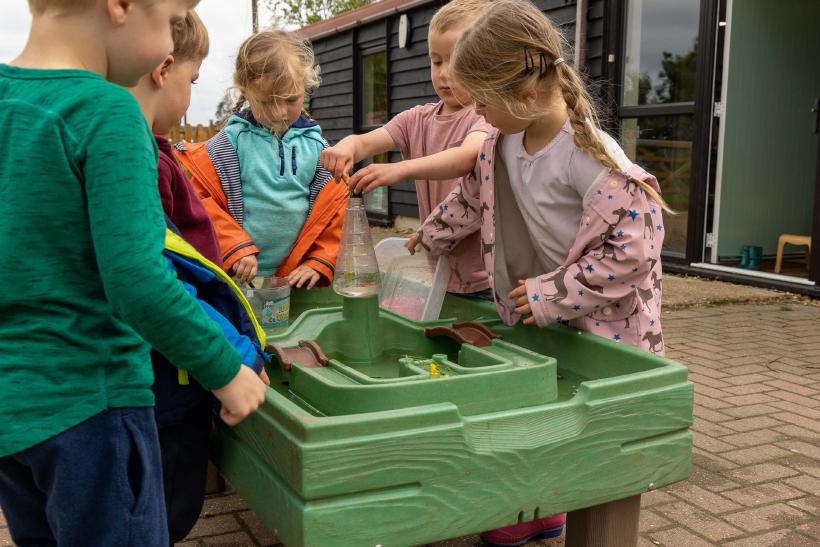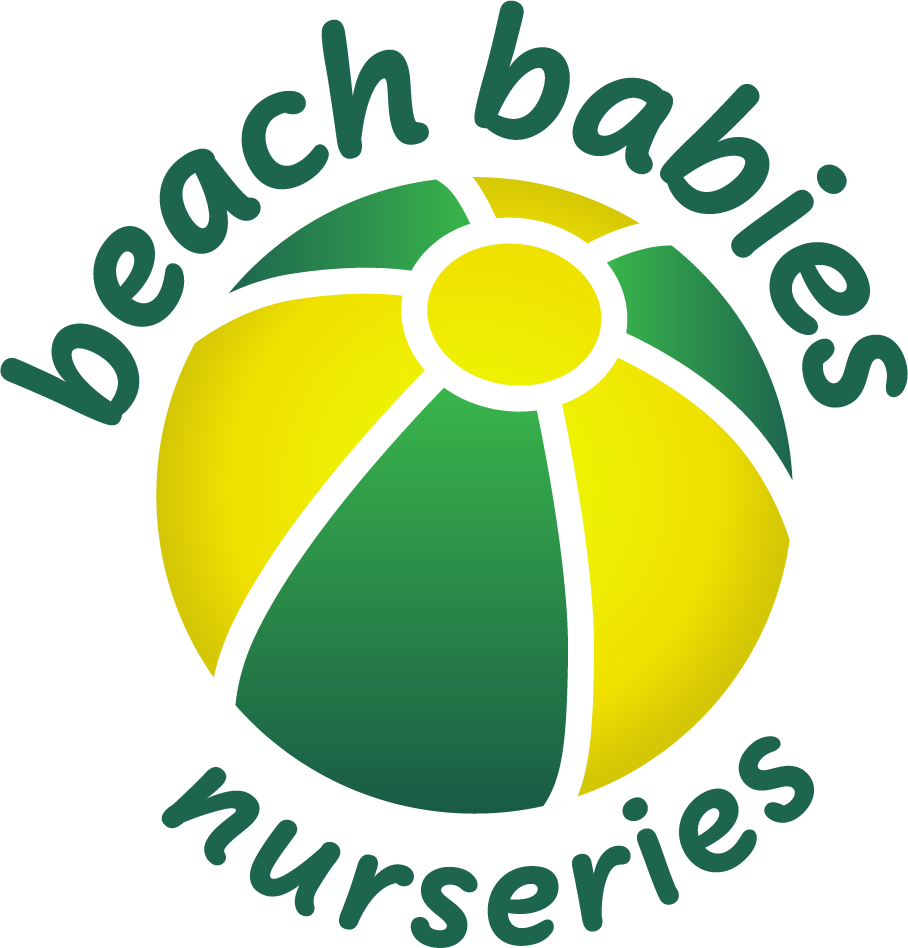I’ve spent decades thinking about how children can be best guided on their journey to be capable and resilient adults. I hasten to add that I didn’t do this with my own children, they can cite many examples of what I did differently, they were just the start of my reflection on childhood.
Here are a few of my guiding principles, they aren’t set in stone, they in turn will evolve as I learn more. They will however give you an idea about some of the things you will see at Beach Babies.
Natural materials, appeal to more senses, build more synapses. You have 5 senses, but plastic always smells the same, always tastes the same and often feels the same compared to natural objects, plastic only appeals to sight and sometimes sound, closing off the three other senses. Natural materials appeal to all the senses, this means that the brain has more information going in and can build up more neurons and synapses and so develop in a more holistic and faster way.
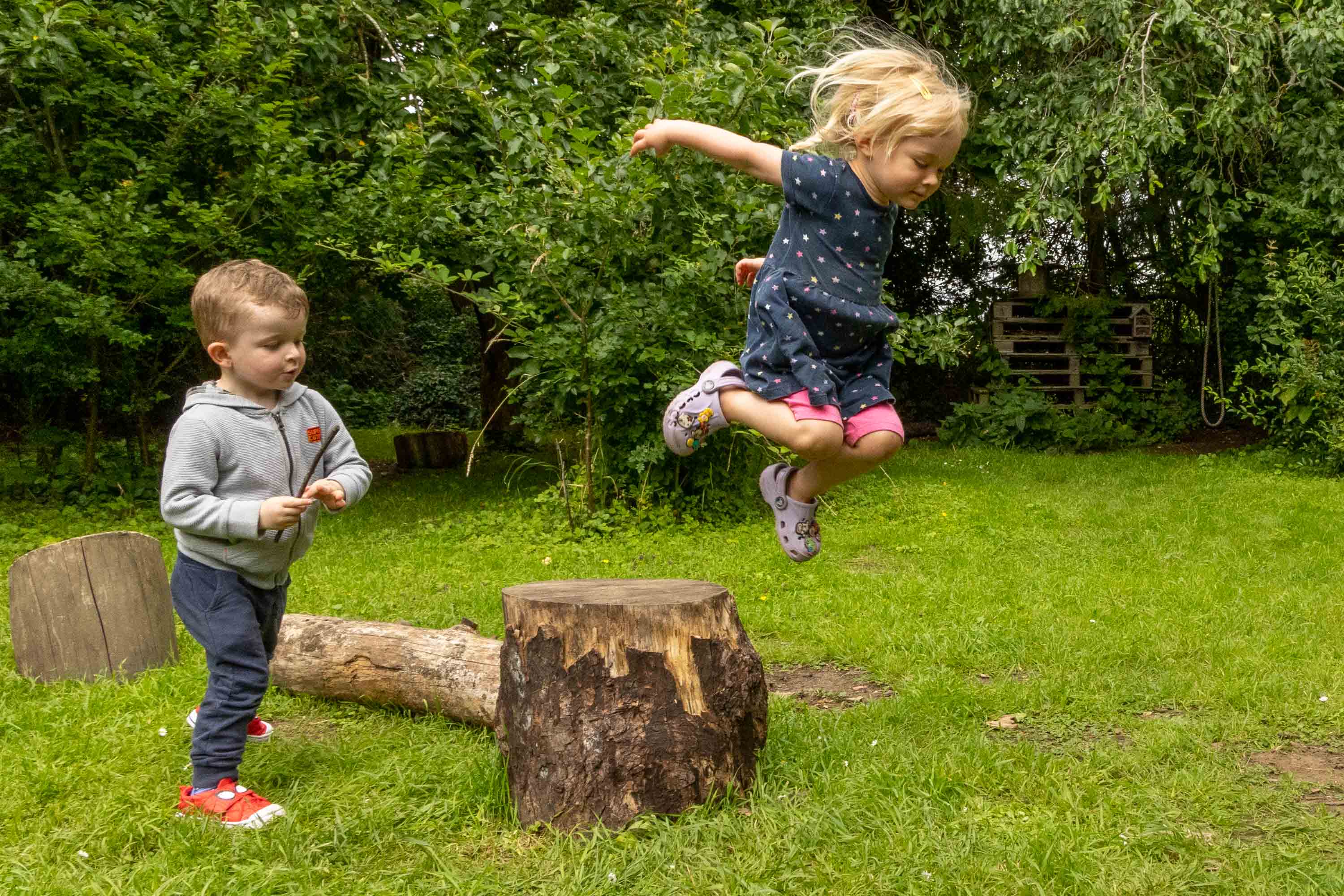
Child led time because they are curious, independent learners who want to find things out by themselves. They need sensitive observers to see what they are interested in and to manipulate and provide an environment that follows these interests. These people must have attentive open attitude, body language and words, tone etc so the children will go to them for support and assistance if they choose to do so. The children should have time to play independently and time to return to things if they are purposeful and they want to.
Adult led time some of the time because sometimes we know how to extend the children’s learning in areas they don’t know about yet, we can stretch children to their zone of proximal development, e.g. outside their comfort zone. Whilst we want the children to be school ready this isn’t in the areas that can be measured quantitively, it’s in areas such as independence of action, in the ability to self-regulate, or control themselves, in their ability to make good and sensible choices. These skills are particularly important in developing resilience and helping mange their mental health.
Open ended resources, sometimes called loose parts. They are not prescriptive and one object such as a stick can become many different things in the course of play. This leads children to invent things, to be more imaginative and be better at problem solving, their play can evolve more and last longer. Other benefits shown in studies are in physical skills and coordination, focussing abilities and well-being.
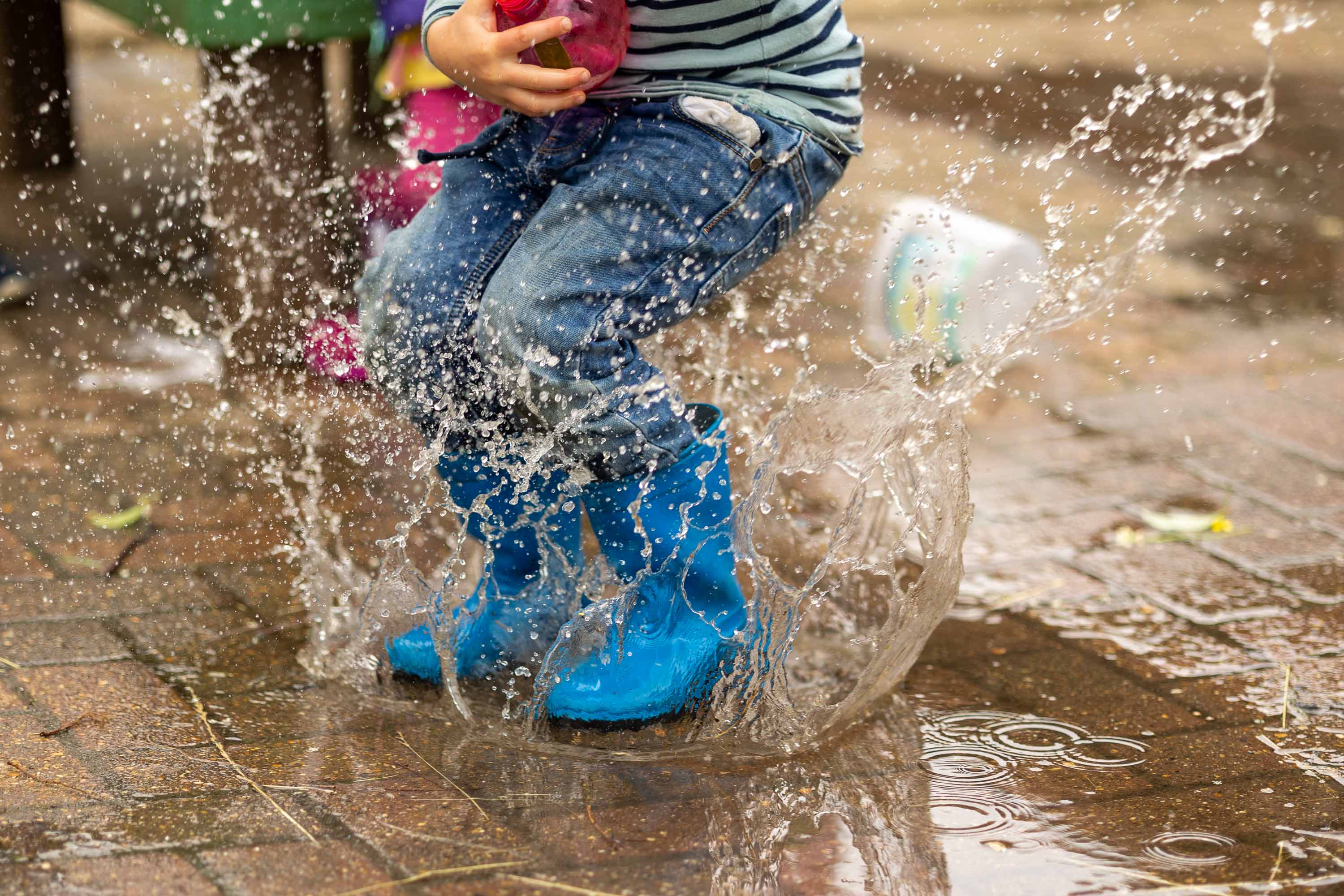
Natural colours, to help their focus and concentration, they are less distracting. So walls and furniture are natural colours, the shelves have only a few objects on them at any one time, that way the children can find, use and replace the resources more easily. The environment is calm and so the children behave in a calmer manner and are more likely to respect their environment.
Music or noise only with a purpose. Noisy environments can over stimulate children, in a quieter space the children are quieter because that is their role model and they don’t have to make themselves over the top of a base layer of sound. Children (and adults) can be overwhelmed by noise and bustle, reducing noise levels where you can helps to make the environment more welcoming. A quiet space promotes learning and thought, one reason why libraries are quiet zones. Think about what suits you, which places do you prefer, a loud echoing space or a restaurant where you can talk to friends, where you don’t have to shout over the music and others talking around you. Studies support a quiet environment as the place where children’s language skills develop the best.
Adults do purposeful activities to role model for children, e.g. Folding laundry, cleaning toys. From their first days children do things with a purpose in mind, e.g. put their hand into their mouth to find out about the hand, they don’t do things because we say we want them to. If we show children that we do things because the end goal is useful or necessary or pleasant then they will follow our lead. This can be everything from pretending to make a cup of tea because they want to copy adults to helping keep the environment ordered because it feels better that way.
Resources laid out in attractive and inviting manner, not crammed in, visible and looking open and accessible. That way the children and adults know what there is there, even big boxes hide the objects they contain and so the children can’t see the possibilities in those objects as well as when they could the objects themselves. It is easier for everyone to know where things go and to put them in the right places. As long as things are regularly rotated and the adults notice what is interesting the children and what they are bored with (and change it) then this environment will be as rich or richer than a fuller one.
